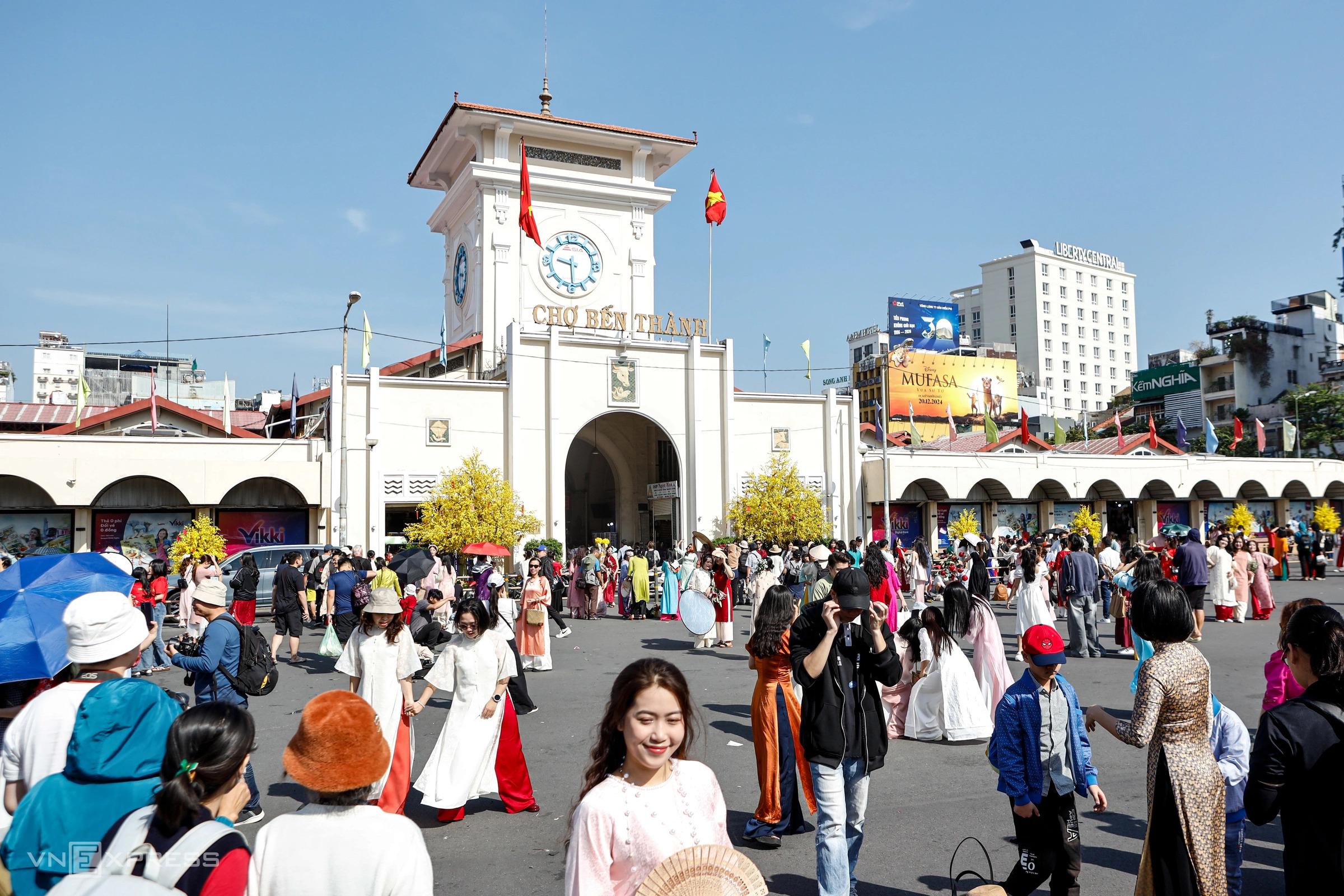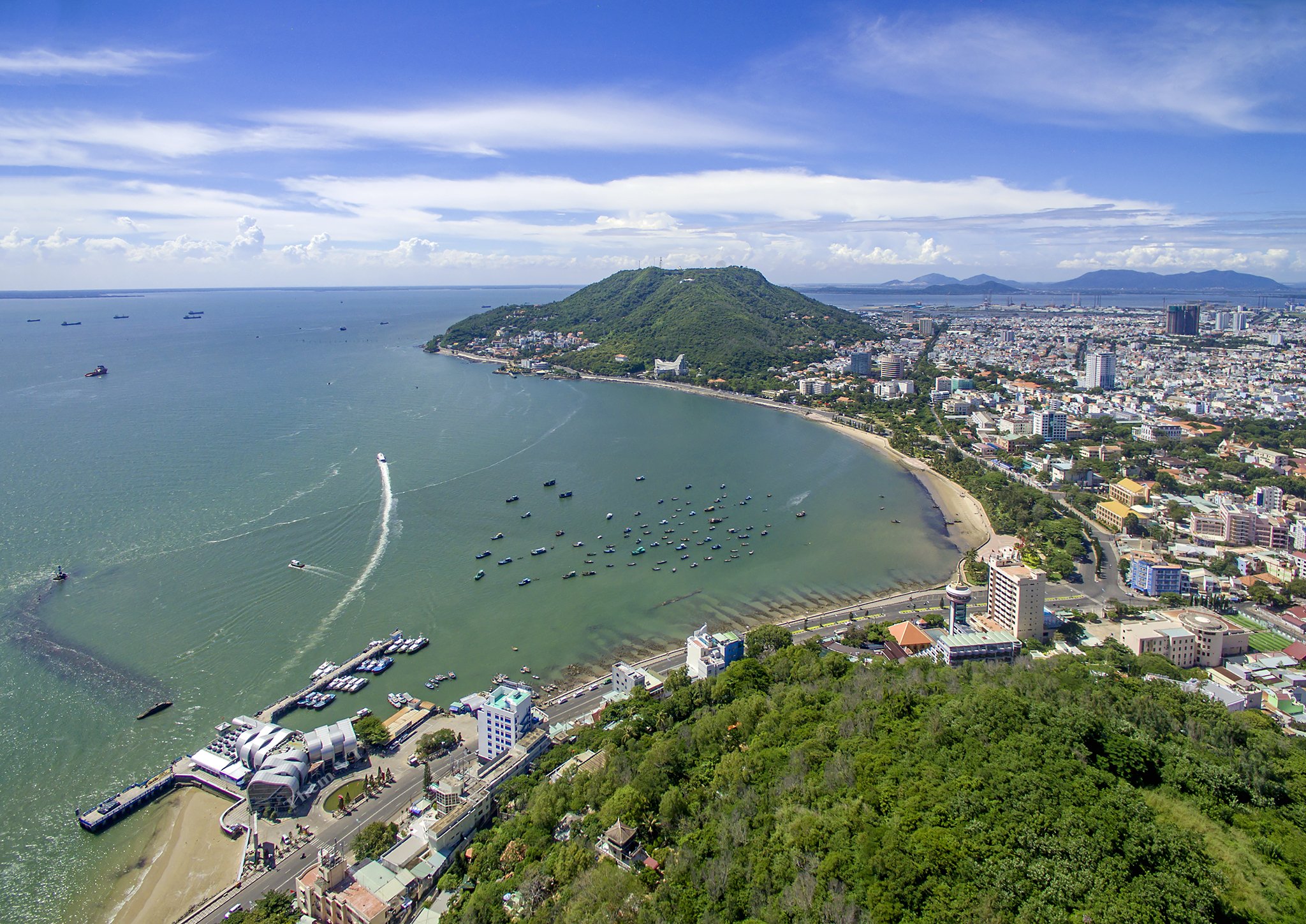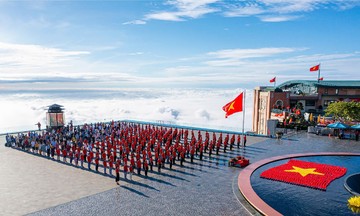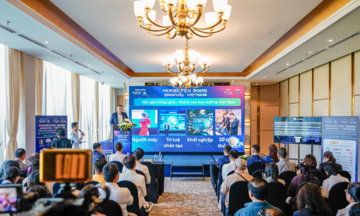The Ho Chi Minh City Department of Tourism reported that total revenue in July reached over 22 trillion VND, a 45% increase compared to the same period last year. Total revenue for the first 7 months of the year is estimated at over 140 trillion VND, a nearly 30% increase compared to the same period in 2024, exceeding 54% of the annual plan.
In July, the city welcomed nearly 700,000 international visitors, a 75% increase compared to the same period last year. Domestic visitors reached nearly 3.4 million, a 15% increase. Year-to-date, the total number of tourists to the city has surpassed 26 million, including over 4.5 million international visitors.
Le Truong Hien Hoa, Deputy Director of the Ho Chi Minh City Department of Tourism, stated that after the merger of three localities, the city now has 168 commune-level administrative units, including 113 wards, 54 communes, and one special zone. The new city boasts a diverse ecosystem of resources, with 681 potential tourist destinations. The former Ho Chi Minh City had 366, Ba Ria - Vung Tau 230, and Binh Duong 85, ranging from cultural and historical sites to beaches, forests, industrial zones, craft villages, and resorts.
 |
Tourists stroll through Ben Thanh Market. Photo: Khuong Nguyen |
Tourists stroll through Ben Thanh Market. Photo: Khuong Nguyen
Initially, the tourism sector is focusing on quickly deployable products such as sea and island tours to Ho Tram, Long Hai, and Con Dao; eco-tourism routes to fruit orchards and craft villages along the Saigon - Binh Duong river; and tours combining MICE with high-end resorts.
Inter-regional transport infrastructure, including expressways, ring roads, and Long Thanh Airport, allows for travel experiences within a 1-2 hour radius, expanding the tourism space and increasing tourist spending and stays. A network of over 7,200 businesses and 9,500 tour guides facilitates the implementation of new tours.
Tran Tuong Huy, Deputy Director of the Institute for Social Tourism Research, commented that the overall tourism picture of Ho Chi Minh City one month after the merger is not yet entirely clear. July's revenue was largely driven by the peak summer travel season, especially at beach destinations in Ba Ria - Vung Tau.
According to Huy, in the short term, the newly expanded Ho Chi Minh City should focus on developing MICE tourism (meetings, incentives, conferences, and exhibitions). With its infrastructure, urban development, and service ecosystem, the expanded city has many advantages to become a MICE tourism center for the region. The expected completion of Long Thanh Airport this year is also a major boost, contributing to stronger international connectivity.
"When connected with Long Thanh Airport, the new Ho Chi Minh City will have all the necessary conditions to become a leading MICE tourism center in Southeast Asia," Huy said.
Bui Thi Ngoc Hieu, Deputy Director of the Ho Chi Minh City Department of Tourism, also believes that the expanded city has a superior and synchronous infrastructure platform to position itself as a leading MICE center in the region. The entire area has 86 4-5 star hotels with over 18,000 high-standard rooms. Ho Chi Minh City alone has 52 hotels (over 11,000 rooms). The total number of facilities capable of hosting conferences has increased by over 242, including 66 that can accommodate over 200 guests, such as SECC, Gem Center, WTC Expo Binh Duong, and The Grand Ho Tram Strip.
 |
View of the Vung Tau beach area from above. Photo: Ho Chi Minh City Department of Tourism |
View of the Vung Tau beach area from above. Photo: Ho Chi Minh City Department of Tourism
A representative of the Department of Tourism said that Ho Chi Minh City is continuing to review and improve support platforms, including enhancing service infrastructure quality, digitizing processes, and increasing adaptability to the growing demands of domestic and international MICE tourists.
To ensure long-term brand positioning, the city is coordinating adjustments to the tourism development plan until 2030, updating product orientation, markets, and promotional channels to suit the expanded tourism space after the merger. Regarding digital infrastructure, the tourism sector is promoting information integration onto official digital platforms such as the Digital Citizen application and MultiGo, connecting accommodation data and supporting tourists, and gradually implementing the Smart Tourism Project.
In 2025, Ho Chi Minh City aims to welcome 8.5-10 million international visitors and achieve tourism revenue of 260 trillion VND, maintaining its leading position nationwide in the tourism sector.
"The MICE segment is considered a key driver to achieve this goal," Hieu said.
Bich Phuong












